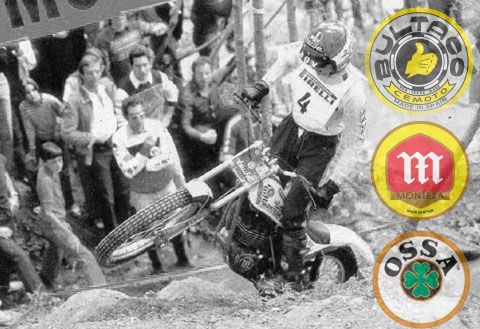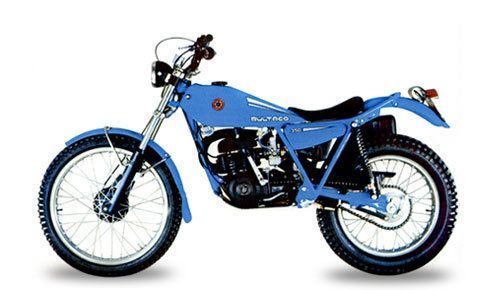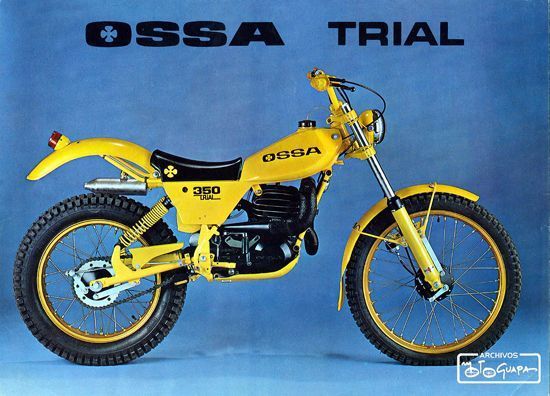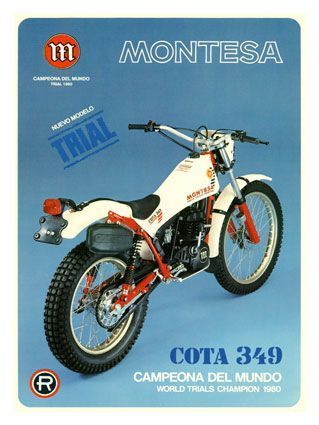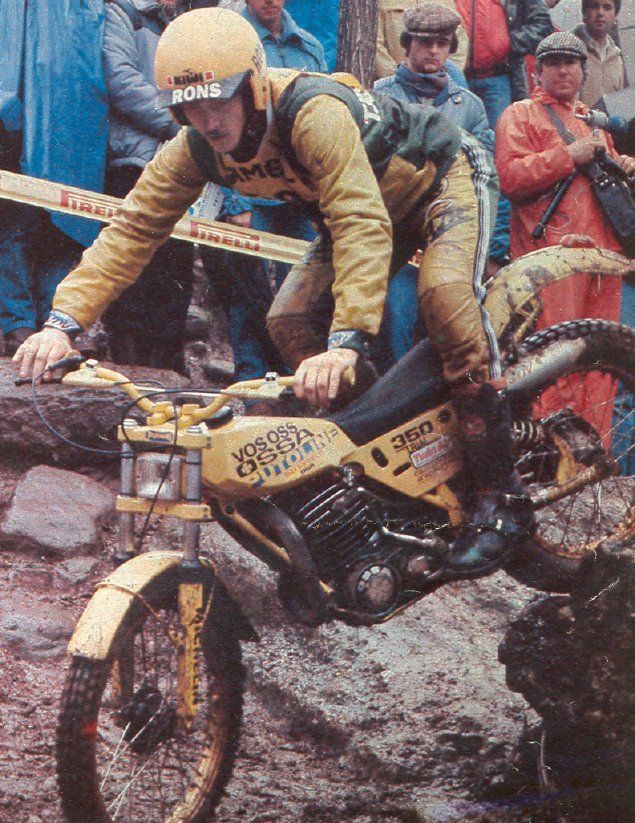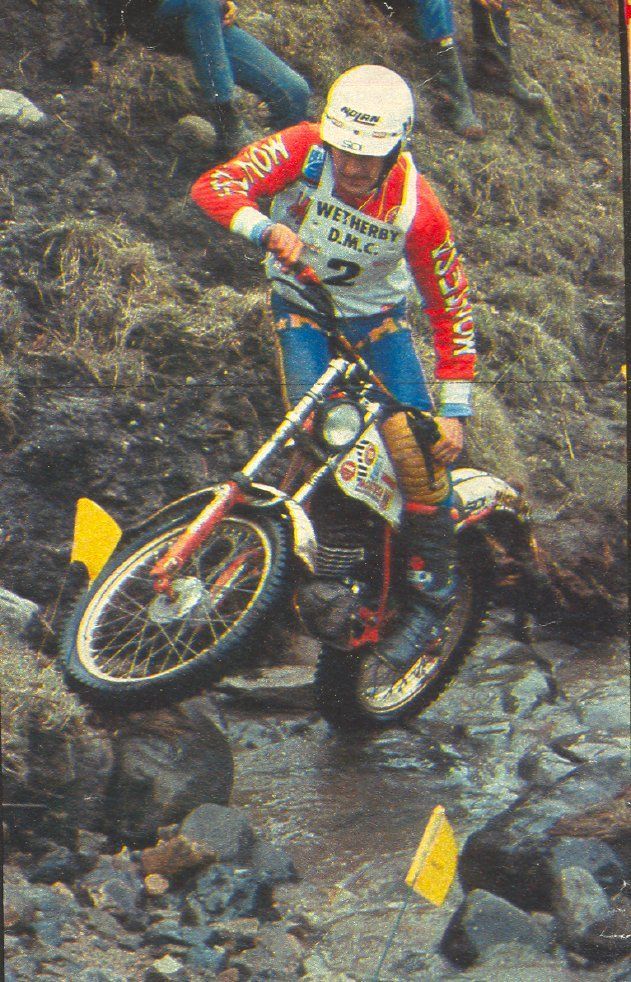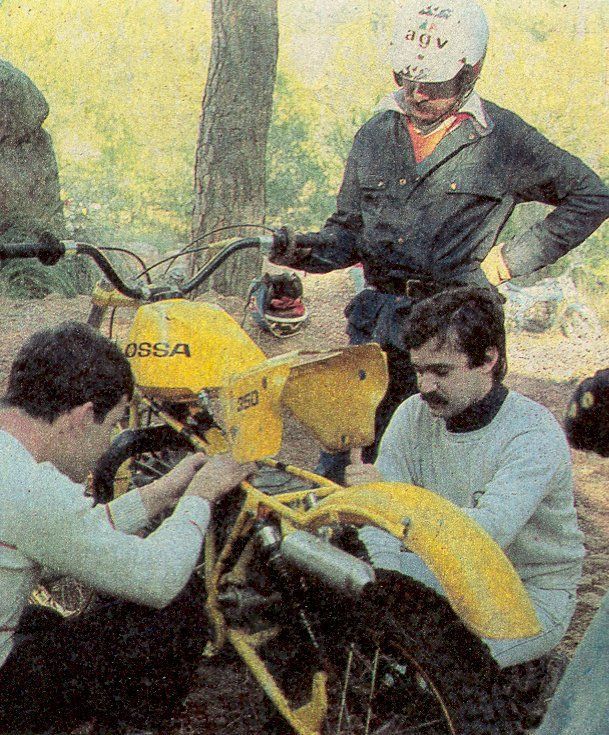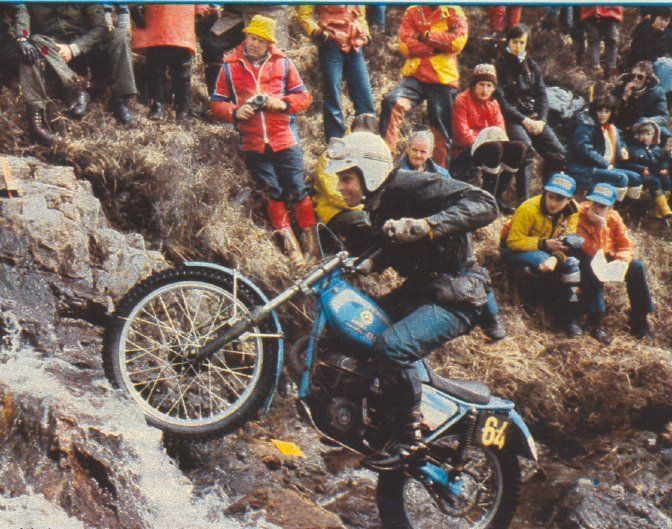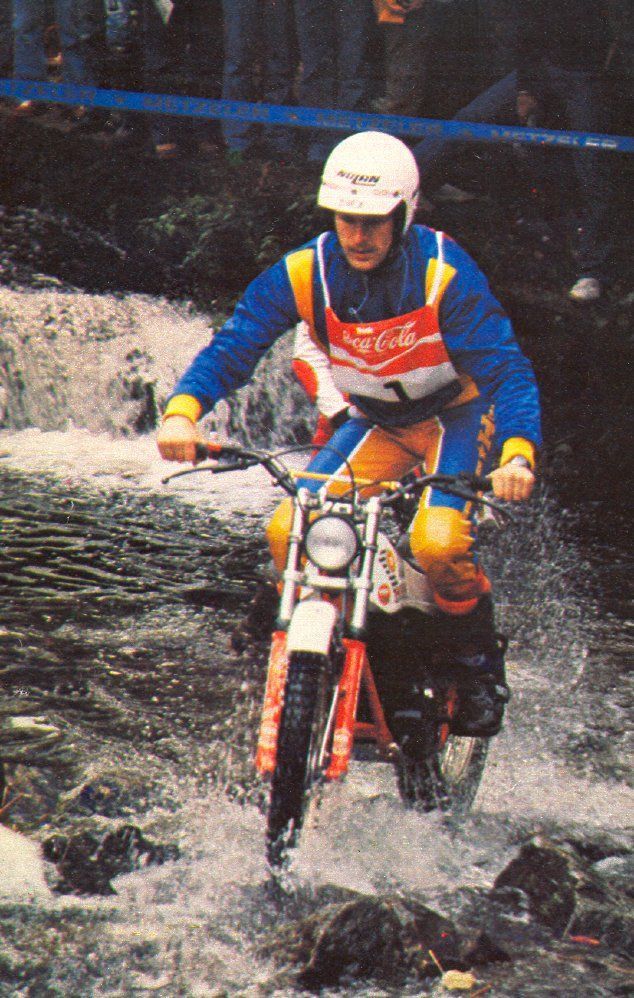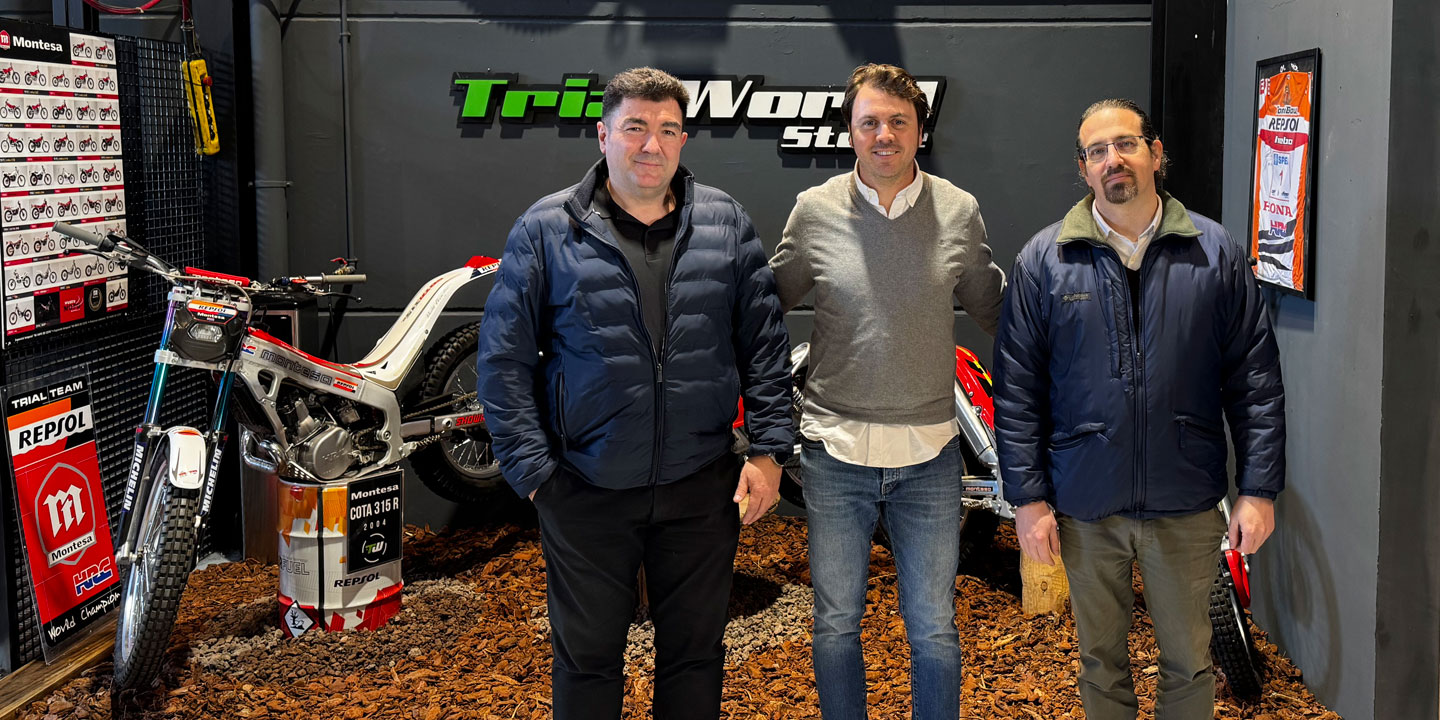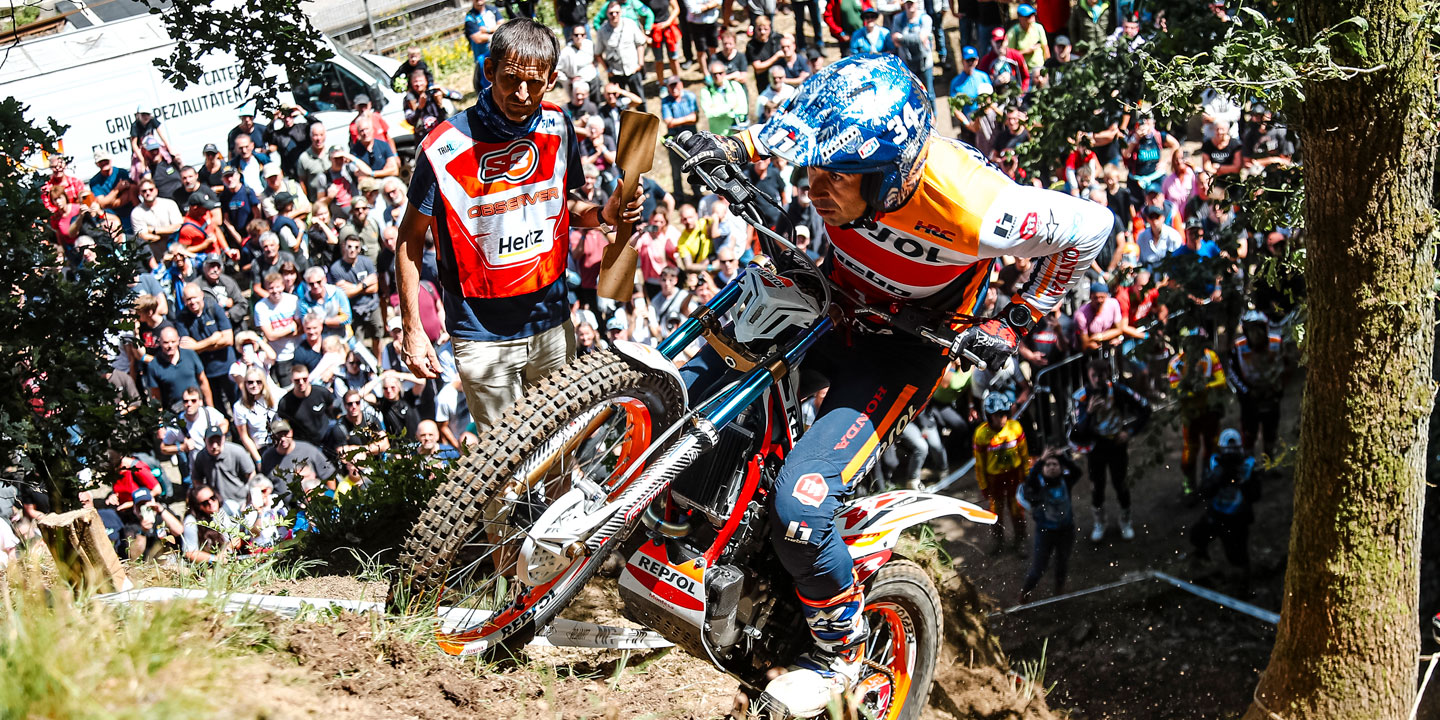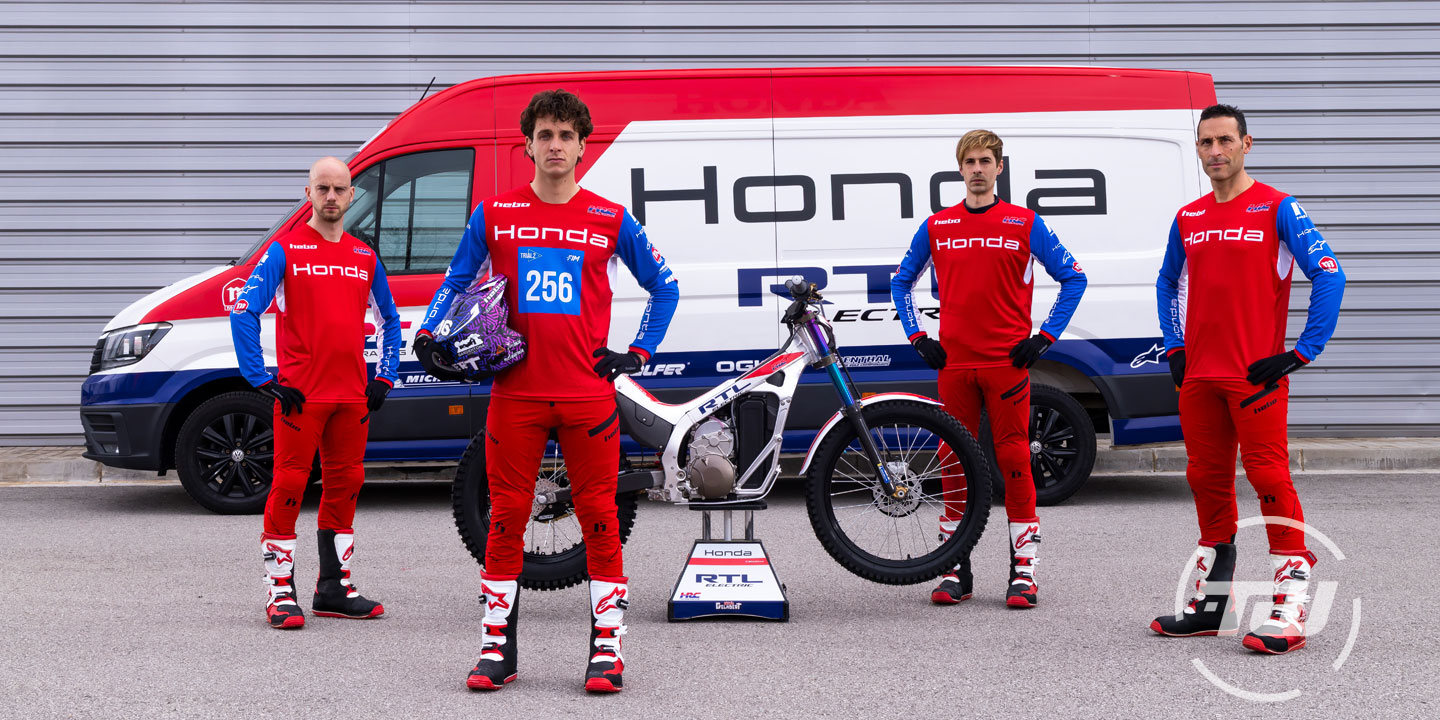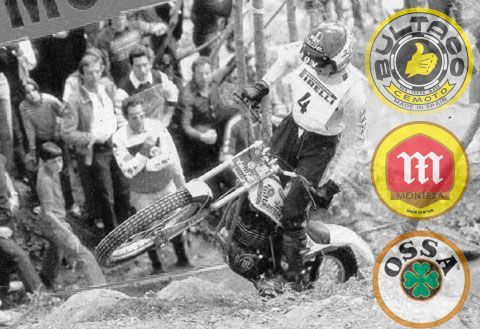
From its origins, trial was the preserve of British bikes, but in 1965 Bultaco incorporated the Northern Irishman Sammy Miller into its ranks, creating and evolving the Sherpa T. With this bike, the history of Spanish participation in the technical evolution of trial begins, ushering in a new era dominated by lightweight two-stroke bikes. The steps set by Bultaco were closely followed by Montesa and Ossa, who did not hesitate to put all their efforts into evolving their trial bikes, achieving great successes both inside and outside our borders. The staging of our protagonists at the end of the seventies, coinciding with a terrible crisis, led to the closure of Bultaco and Ossa, also leaving Montesa in a bad light, which survived thanks to an agreement signed with Honda Motor. For all these reasons, the Sherpa 199A, the Cota 349 Ulf Karlson and the TR 80, are the maximum evolutionary exponent of three brands that made Spanish trials popular worldwide.
Bultaco Sherpa 350 mod. 199
However, in the midst of this great decline, an unprecedented situation occurred in 1979, when with the factory practically closed, Bultaco managed to take the first three positions in the World Championship. At that time, the protagonist was the Sherpa T350 199 A, the same one that occupies our pages today. This model replaced the 199 – red – and saw the light for the first time in 1978, giving way to the era known as blue, in honour of the colour of the 1999.
Mechanically, the only change that the Sherpa received was the increase in the diameter in the first exhaust section, managing to improve a point that had become a widespread obsession: softening the response at low revs. One of the curiosities of this mechanic is that the brake and shift lever could be alternated to the rider’s liking, it was only necessary to place a shift in the gearbox to attach it to the opposite side.
The 199A was designed based on the evolutions that great riders such as Vesterinen or Soler tried on their own bikes, giving rise to a more stylized aesthetic and a one hundred percent racing spirit. Externally, its narrow and elongated tank was striking, together with its new fender made of a more flexible material, which achieved a better driving position and renewed its image.
However, the most important novelty affected the design of the chassis, breaking into its front part to accommodate a large protection plate, without losing free distance from the ground. Taking advantage of this modification, the engine was raised slightly to achieve greater lightness at the front, thus improving the handling of the set.
Anecdotally, it was surprising that the filter box was once again the same as on the 199, since then the pilots replaced it with the previous model, which was larger. Because of this, both official and amateur pilots replaced the original filter box with the large box.
Ossa TR 80 350
Yellow was the most common designation for the Ossa TR 80, due to its all-over color, which painted almost everything that could be painted yellow. The history of this bike is peculiar, since its birth coincides with the worst period of the brand at a financial level, and it went to look for a resource in the trial to turn to. The evolution of the TR 80 has names and surnames: Toni Gorgot, the best rider of the time, who won two national titles and a victory in the world championship.
The most original ideas of the TR 80 are going to be found in its chassis, since Ossa was a pioneer in cutting the frame at the bottom of the engine, making it contribute to improving its rigidity and mechanical accessibility, since its tie rods were removable. Another innovation was its extraordinary rear suspension, with a swingarm that supported two shock absorbers located in a very inclined position. This increased the height of the rear end, and a feel similar to that produced by a monoshock today was achieved.
Continuing with the curiosities, the conventional Betor fork had the particularity of ending in an axle centered with the front wheel, when it is normal for this axle to be more forward, achieving a more agile but nervous steering.
Mechanically, although the model designation is 350, its actual displacement is 302.7 cc., and it maintains the tendency to be bulkier in the cylinder part than in the crankcases. We are particularly struck by the exhaust system, which they called “the gut” because of its multiple curvatures , designed to offer a smoother response at low revs, something to which its huge intake box also contributed.
As a final note, we have to point out that the TR 80,was the first trial bike that could be marketed as an option with a sidecar, an exclusive bet that proposed on the Ossa of the “yellow clover”.
Montesa Cota 349
The first version of this model appeared in 1979 to replace the Cota 348, from which it inherited practically no parts, and had the peculiarity of being the motorcycle with the largest displacement manufactured by Montesa until then -349.6 cc-. Four series were built from the Cota 349, where a marked aesthetic and technical evolution can be observed, the result of the work of its official riders, who not without effort, managed to win the first world title for the brand in 1980 at the hands of Ulf Karlson.
Compared to its predecessor, the most relevant changes affected the engine, which fitted new smaller magnesium side covers, and the chassis, receiving a double open cradle under the crankcase and an open swingarm at the rear. Another of the great novelties is in its damping, which through the adoption of new Betor significantly improved the performance in the areas. In the same way, the fork incorporated changes in its hydraulics to follow the progress made in the rear axle.
The ” Ulf Karlson” version was introduced in the late 1980s, touted as a replica of the mount Karlson used on SSDTs. The new anatomy of the tank-seat assembly stood out, which, being narrower and lower, allowed greater manoeuvrability. However, its great peculiarity was the color: it went from the classic red that its models undauntedly dressed to white, giving a note of contrast in its tradition, and adding to the trend that its little sisters already wore – the 123, 200 and 248 dimensions -.
This is how they behave in the areas
The Sherpa has the modern line, in which it is beginning to be observed that its aesthetic profile is adopting a more marked curvature, also reducing its narrowness in the tank area. This trend was also sought by the men of Montesa in their own way, finding a more aesthetically successful and modern Cota. The contrast is in the Ossa, much higher in its rear, but penalized by an exaggerated width and a very high seat.
The configuration of the three chassis is a key point to understand the disparate behavior of each of them. The Sherpa stands out for its nobility, maintaining the line effortlessly on any terrain thanks to an excellent weight distribution. However, where it starts to lose steam is just where the Cota has its strong point: agility in the front end, which allows you to easily drive with the wheel in the air at the cost of carrying more weight at the rear. The Ossa adopts a fusion between the two styles, but with the particularity of being the only one with a centered axle front fork, which gives it a fast but strange behavior.
What was a prodigy on this bike is the rear suspension, which with the shape of its swingarm and the position of the shock absorbers, achieved a revolutionary effect similar to that of modern motorcycles. Here his rivals were left somewhat behind, sinning on the side of bouncing and marked by an excessively hard moron. Up front, the general trend is smooth, although the Sherpa transmits more poise and the TR 80 more nerve, leaving the Cota halfway with a correct behavior.
To finish with the part of the cycle, we corroborate that In terms of brakes, none of them are a prodigy, with the anecdote that the Sherpa brakes very well by placing the rear pedal on the left side where it acts as a rod, but on the opposite side, the feel of the cable that comes standard is disastrous. At the front, the tables are turned, suspending the Sherpa and showing off its rivals with note.
Delving into the behavior of its mechanics, we see how well Bultaco and Montesa would complement each other if we combined the best of each. The first for its excellent smoothness at low revs, with tractor underbody almost impossible to stall, and the second for greater raw power. In addition, the engine of the Cota had much more inertia, so it revved up quickly, only struggling at very low revs.
The response of the Ossa is radically different, as it “kills” its nerve with a tortuous exhaust that softens its response a lot, achieving incredible bass supported by the excellent traction provided by its rear damping. In short, three frames with three very different styles that a quarter of a century later continue to arouse great interest, there are even specific races for them.
Text: David Quer
{bonckowall source=”2″ pkey=”album” pvalue=”104487400570604964457″ pvalue2=”TrialClasicoSpain” }{/bonckowall}
